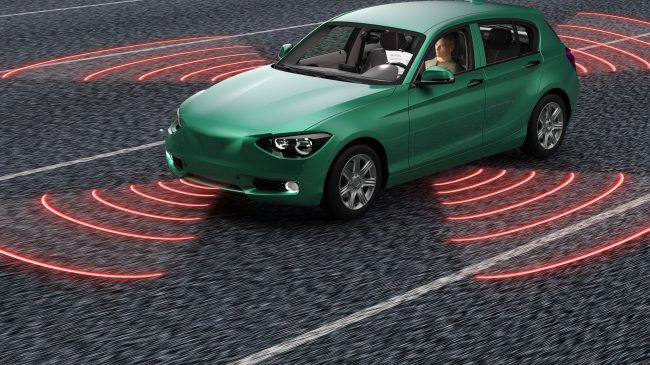The death of a pedestrian hit by an autonomous vehicle in Tempe, AZ, reignited some long-standing debates about driverless cars. There are some important lessons that are easy to overlook.
First, the details of the accident itself matter. The unfortunate woman killed by the driverless car was pushing a bicycle and stepped off the median almost directly in front of the car, not in a crosswalk. The Tempe police chief stated that the car hitting her was unavoidable. The car had multiple cameras and the crash is still being investigated. Perhaps the investigation will find the car’s lidar system should have detected her before she was visible to the eye, but, unfortunately, it is likely a human driver would have hit her as well.
As tragic as this pedestrian death is, we should not forget that a pedestrian is killed by a car about every 1.6 hours in the United States. Every day. Media and commentary are full of examples of opinions on how this Uber accident may affect public opinion on automated vehicles. Is it ironic or just sad that people have strong reactions to this single story about an automated car killing a pedestrian but may be numb to the multiple pedestrians killed by human drivers that very same day?
One of the important reasons to welcome, and hurry the development of, autonomous vehicles is to reduce the carnage on the roads caused by human drivers. Driverless cars don’t need to be that great to be better than humans, let alone perfect. It would be an epic tragedy for us to accept 30,000-40,000 deaths caused by human drivers every year and reject driverless vehicles if they can’t promise zero deaths. Any lower number should be cause for love, embrace, and celebration of the technology.
Autonomous vehicles have an impressive safety record. Indeed most accidents they are involved in are caused by human-driven cars hitting them because they obey the law! Pedestrian deaths from cars are overwhelmingly problems of driver inattention, careless pedestrian behaviors, and urban designs that feed into those failings. At the same time, accident rates among elderly drivers are rising faster than the growth in their population, a problem very hard to address without a change in technology like autonomous vehicles. Autonomous vehicles provide an opportunity to address those problems in ways we simply have not been able to do with current technology.
Which is why cries to regulate autonomous vehicles more heavily and to point the finger at Arizona’s laissez-faire approach to autonomous vehicle testing are out of line. The facts of the accident at this time don’t indicate an autonomous vehicle regulation that would have saved the woman’s life. There is nothing about the testing of autonomous vehicles thus far that indicates they present more of a threat than human drivers and deserve special regulatory attention. Most of all, slowing down autonomous vehicle development could slow down one of the most promising ways to reduce accidents and save lives we have ever seen.

